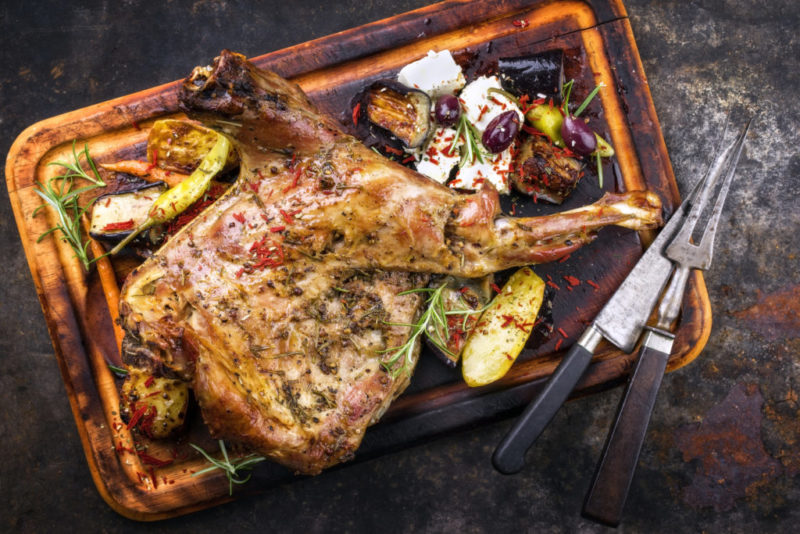When thinking about foreign countries, clichés are the order of the day. Gastronomy is no exception. If I say Italy, you picture pizza. When talking about Japan, sushi. And if we imagine Turkey, it is full of kebab. In the case of Spain, it is easy to list the Three Musketeers of its stereotyped cuisine: sangria, paella, and tapas (which, by the way, is not a dish as such, but rather a size). However, gastronomy is synonym for richness. We do not only refer to the great variety of Spanish food, but also to its regional uniqueness. In Spain, each territory has its own typical recipes, even from town to town in the same region. For example, as you may know, paella is only traditional in Valencia and it is not so popular in the rest of the country. Spain hides so many food treasures that they are usually unnoticed not only by visitors, but even by Spaniards. Today, we want to introduce four of these authentic Spanish recipes to you:
Marmitako
This dish is original from the North of Spain and it has its roots in the fish markets of Asturias, Cantabria, Galicia and the Basque Country. Marmitako is perfect for cold days, which are common to this region. Regarding ingredients, it is a fish and potato based stew. Delicious! Traditionally, it was elaborated with tuna (called bonito, in English “nice”), but nowadays the recipe has been adapted to regional tastes. In Galicia, for example, it is popular to add octopus. Once you try Marmitako broth, you will not be able to stop eating.
Migas extremeñas
Migas means “crumbs” and its recipe is based on bread, which is moistened and then grilled. It is usually prepared alongside paprika (the most popular variety in Spain is De la Vera), chorizo (which is completely different to Mexican chorizo), torreznos (pork belly strips which are dried, marinated and fried) and garlic. It is usual to refer to this dish as “food for the poor” as it was typically eaten by peasants.
Lechazo
This is a very special meat from Castile. Lechazo is usually referred to as “suckling” lamb, which means that it is still being feed with milk. Lechazo is only bred in the Duero basin. The designation of origin is only achieved when the lamb has not exceeded thirty-five days of life. This dish, which is considered a delight, is cooked in a clay casserole and its ingredients are just meat, water and salt. The result is a very tender meat with a great flavor.
Cocido
If you are looking for a truly traditional dish for (almost) the whole region of Spain, cocido is your recipe. Although there are different varieties, Madrid´s cocido is the best known. In order to eat an authentic cocido, you will have to go through different gastronomic “stages”: first, you will taste a delicious broth resulting from the chickpea stew that you will eat afterwards. Then, you will be delighted by a chickpea based stew, which is normally cooked with vegetables and meat – such as chorizo, morcilla (black pudding filled with blood) and tocino (similar to bacon). In Castile, it is also typical to have a third side: los rellenos – meaning “filling”.
Whetting your appetite? Discover some of these food treasures by joining us in one of our experiences-


